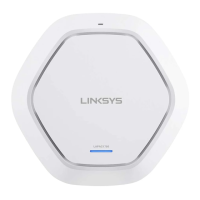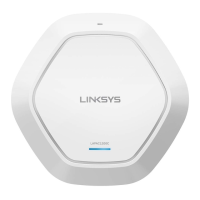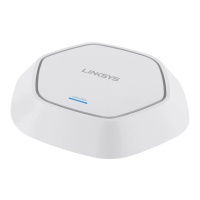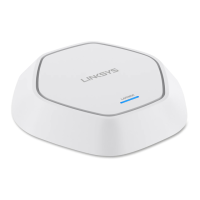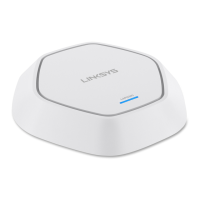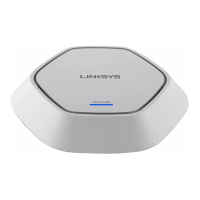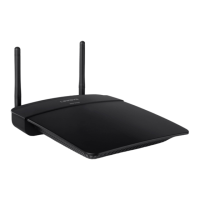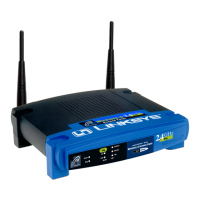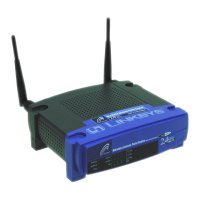76
Section 3: Configuring the Access Point
LAPAC1750PRO Access Point Software User Manual
Destination IP
Address
Select this field to require a packet’s destination IP
address to match the address listed here. Enter an IP
address in the appropriate field to apply this criterion.
Destination IP
Mask
Enter the destination IP address mask.
The mask for DiffServ is a network-style bit mask in IP
dotted decimal format indicating which part(s) of the
destination IP Address to use for matching against
packet content.
A DiffServ mask of 255.255.255.255 indicates that all
bits are important, and a mask of 0.0.0.0 indicates that
no bits are important. The opposite is true with an ACL
wild card mask. For example, to match the criteria to
a single host address, use a mask of 255.255.255.255.
To match the criteria to a 24-bit subnet (for example
192.168.10.0/24), use a mask of 255.255.255.0.
IPv6 Class Maps
Source IPv6
Address
Select this field to require a packet’s source IPv6 address
to match the address listed here. Enter an IPv6 address
in the appropriate field to apply this criterion.
Source IPv6 Prefix
Length
Enter the prefix length of the source IPv6 address.
Destination IPv6
Address
Select this field to require a packet’s destination IPv6
address to match the address listed here. Enter an IPv6
address in the appropriate field to apply this criterion.
Destination IPv6
Prefix Length
Enter the prefix length of the destination IPv6 address.
IPv6 Flow Label Flow label is 20-bit number that is unique to an IPv6
packet. It is used by end stations to signify QoS handling
in routers (range 0 to 1048575).
IPv4 and IPv6 Class Maps
Source Port Select this field to include a source port in the match
condition for the rule. The source port is identified in
the datagram header.
Once you select the field, choose the port name or
enter the port number.
Select From List
Select the keyword associated with the source port to
match:
• ftp
• ftpdata
• http
• smtp
• snmp
• telnet
• tftp
• www
Each of these keywords translates into its equivalent
port number.
Match to Port
Enter the IANA port number to match to the source
port identified in the datagram header. The port range
is 0–65535 and includes three different types of ports:
• 0–1023: Well Known Ports
• 1024–49151: Registered Ports
• 49152–65535: Dynamic and/or Private Ports
